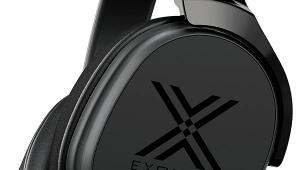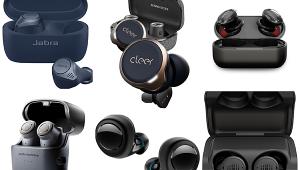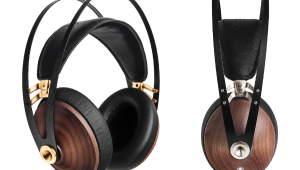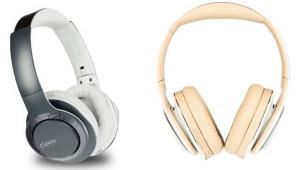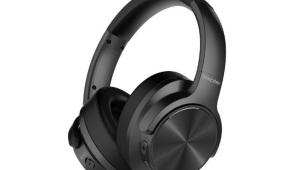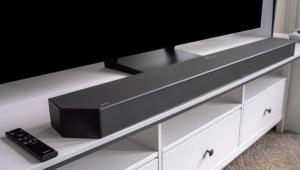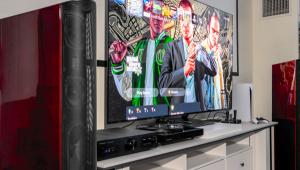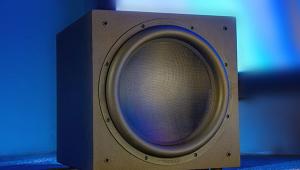Audeze LCD-4 Headphone Review
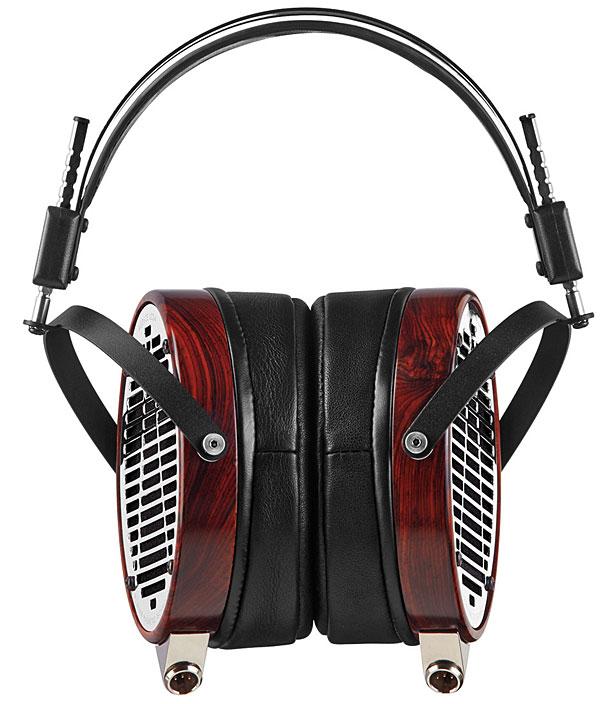
AT A GLANCE
Plus
Audeze ups their game, again!
Solid build quality
Made in Costa Mesa,
California
Minus
They’re heavy!
THE VERDICT
You’ll know it when you hear it—there’s something very right, natural, and organic about the Audeze LCD-4’s sound.
The uber headphone field is getting mighty crowded—we have the Abyss AB-1266 ($5,495), Hifiman HE1000 ($2,999), Stax SR 009 ($3,999), Sennheiser Orpheus ($55,000!)—and now we have Audeze’s latest, the LCD-4 ($3,995). Talk about sticker shock! But let’s put those prices in perspective: All of them put together cost far less than a single Wilson Audio Alexandria XLF speaker, which sell for upwards of $200,000 per pair. So, as extreme as toptier headphone price tags have become, most are still within reach of a vastly larger group of enthusiasts than the very best high-end speakers. By that criterion, uber ’phones like the LCD-4 are comparatively affordable. Expensive, yes, but the best stuff always is.
The LCD-4 may not look radically different from Audeze’s other planarmagnetic LCD series ’phones, but its new carbon fiber and real leather headband, gleaming metal faceplates, and gorgeous Macassar ebony wood earcups are upgrades from the company’s other LCD models. But it’s the newly developed Nano-Scale super-thin-film diaphragms, with vacuum-deposited voice coil traces, that play the most crucial role in producing significantly more transparent sound than Audeze’s other LCD headphones. The entire 6.17-square-inch diaphragm is suspended between Double Fluxor 1.5 Tesla magnet arrays in the earcups. As with other planar drivers, the LCD-4 produces sound when current from an amplifier passes through the diaphragm traces and interacts with the magnets to move the diaphragm. Each LCD-4 is handcrafted in Audeze’s Costa Mesa, California factory.
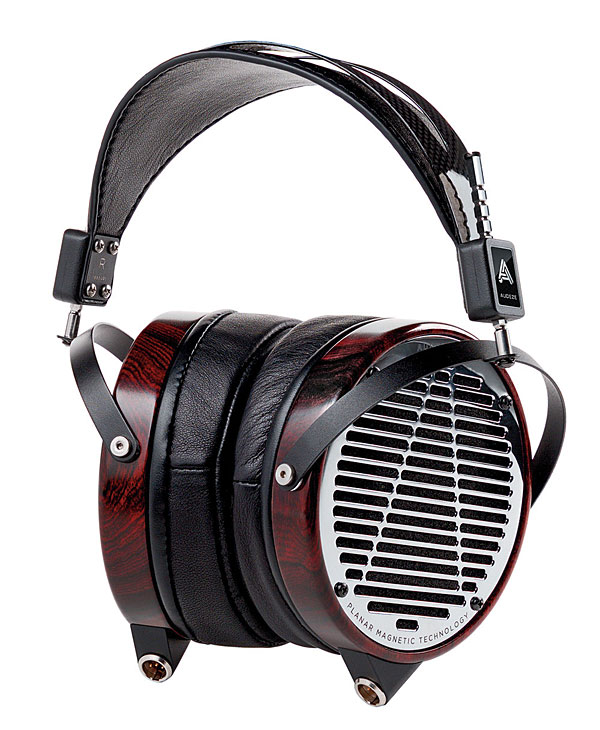
Other high-end headphones can feel a little flimsy after you spend time handling this one. It’s rather heavy, tipping the scales at 1.4 pounds, but the weight is so well distributed, I never found the LCD-4 uncomfortable to wear. It comes with a hard travel case that protects and coddles it.
With the LCD-4 you really hear the headphone amp you’re using; it magnifies the differences between them. The VPI 299D stereo integrated tube amp sounded sweet and full-bodied without ever veering over to mush, but the solid-state Schiit Ragnarok amp’s muscularity made itself known with ZZ Top front man Billy Gibbons’ new solo CD, Perfectamundo. Back with the 299D and Bob Marley’s Catch a Fire album, the LCD-4 had even more of a spiritual quality than I’ve heard before. The pain in Marley’s voice on “400 Years” was heart-wrenching. I’ve never felt closer to his music.
Pitting the LCD-4 against the stellar Hifiman HE1000 headphone (also a planar magnetic design), it was clear from the get-go that they’re two very different-sounding headphones. The HE1000 presented a cooler tonal balance than the LCD-4, but it also unfurled a larger, more spacious soundstage; it disappears more. The LCD-4, meanwhile, definitely put a bit more meat on the bones of the sound of acoustic instruments and vocals, so they sounded more like themselves. Both headphones’ deep-bass, ear-massaging capabilities are extraordinary; there’s no winner down there. Treble sparkle, air, and delicacy are also very close, but the LCD-4’s are more effortlessly clear. I don’t know how Audeze did it, but the LCD-4 delivers extreme clarity, while maintaining a soul-satisfyingly rich balance.
The LCD-4 is a true statement design, but I’m sure the best from Audeze is still yet to come.
- Log in or register to post comments










